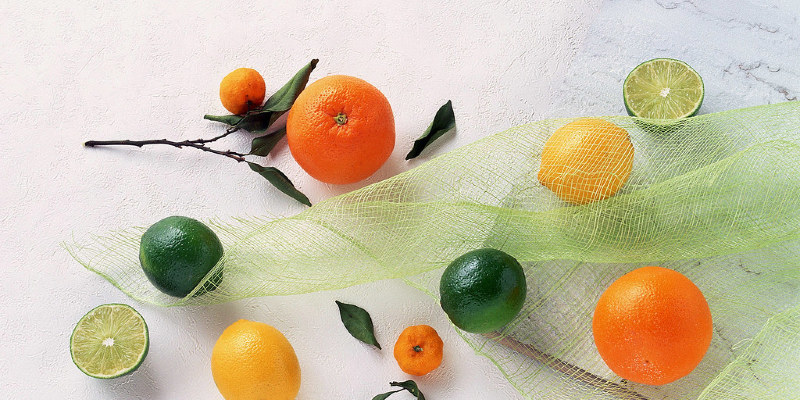
The diverse genus Allium contains approximately 800 species, although just a few of them are familiar as food plants — mainly onions (Allium cepa), garlic (Allium sativum), leeks (Allium ampeloprasum) along with chives (Allium schoenoprasumand). These Allium are cultivated for decades, and used to add flavor and zest to food. Many more species are grown for their ornamental value, but even these are theoretically edible, although not likely as tasty as food crop species.
What Makes It An Allium?
Allium species could be lumped into two different types: those who have accurate bulbs and those that develop from rhizomes with less-developed vestigial bulbs attached to them. The invading species typically flower early and then go dormant, while the rhizomatous species frequently flower later and longer. All of Alliums contain organic compounds called organosulfoxides, which provide them a distinctive scent and flavor. In cosmetic species, this smell is not evident until you conquer the stems or leaves.
What Parts Are Edible?
The bulbs are the most frequently eaten part of yellow, white and red garden onions, while scallions are generally harvested for their stalks, even though the white foundation is also creamy. Nodding onion (Allium cernuum) is grown as an ornamental, featuring little, bell-shaped flowers in white or pink. Allium senescens, or German garlic, has twisting leaves and clusters of lavender flowers. Both of these ornamentals thrive in U.S. Department of Agriculture plant hardiness zones 4 through 8. The flowers, roots and roots are edible in the and when crushed or cut, emit an oniony smell.
Caution
While alliums are fine for human consumption, they’re poisonous to dogs and cats. Don’t develop these in your garden in case your pets can get them, and never give a cat or dog table food that’s been seasoned with onion or garlic. Furthermore, if you find a plant growing wild that appears to resemble an allium, do not eat it, as it could be a dangerous look-alike. If you’ve definitely identified a wild allium, don’t eat too much, since the wild versions are more potent and can lead to intestinal discomfort.
Cultivation
Whether grown as a cosmetic or a food crop, many species of these hardy perennials prefer a sunny place, and many require a period of dormancy. These shallow-rooted plants need well-draining, fertile ground, and allow the soil to dry out between waterings. Alliums function nicely as companion plants for roses, carrots and beets, but are not good with legumes. Rotating your allium crops can help prevent infection. Onions and leeks thrive in USDA plant hardiness zones 5 through 10, whilst garlic grows in zones 4 through 9 and chives in zones 4 through 8.